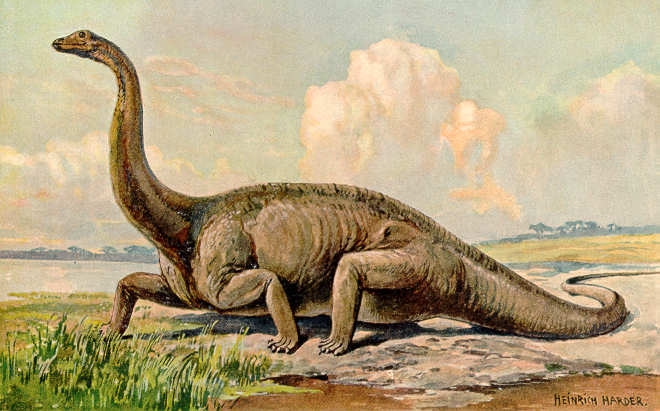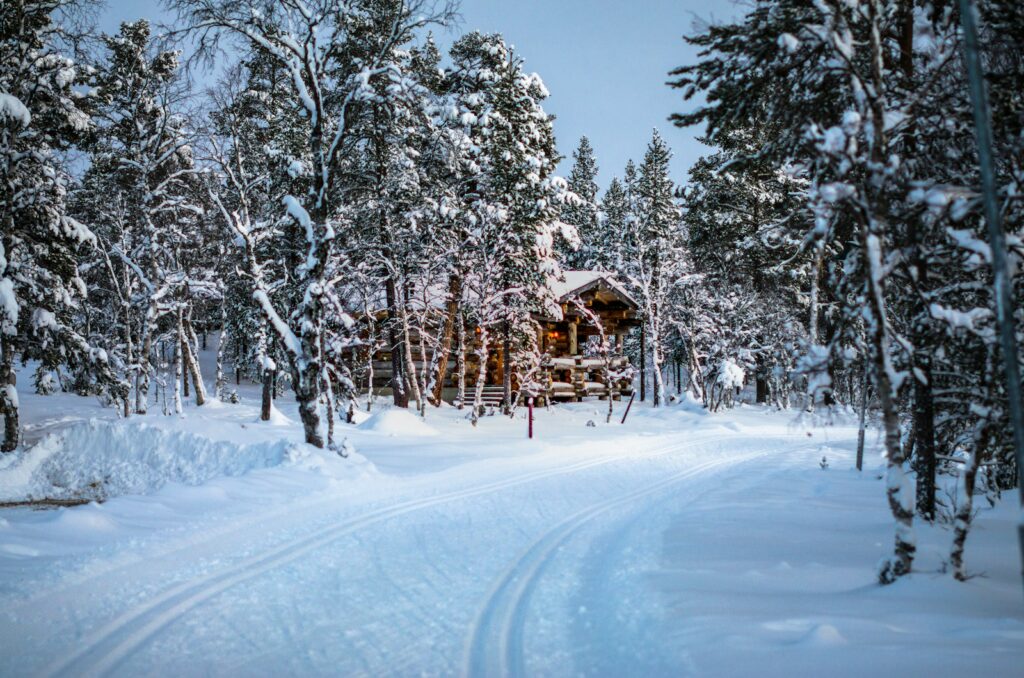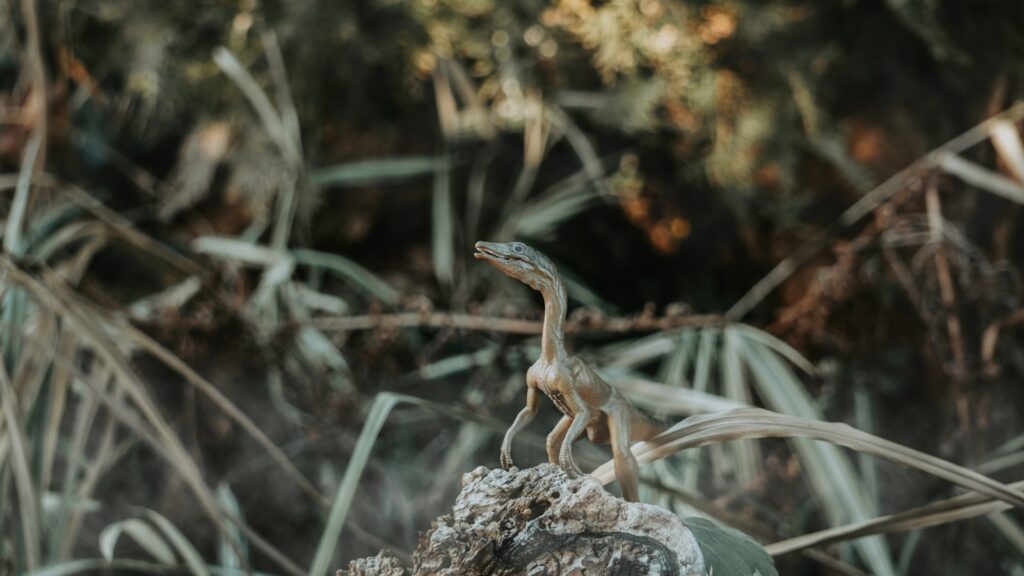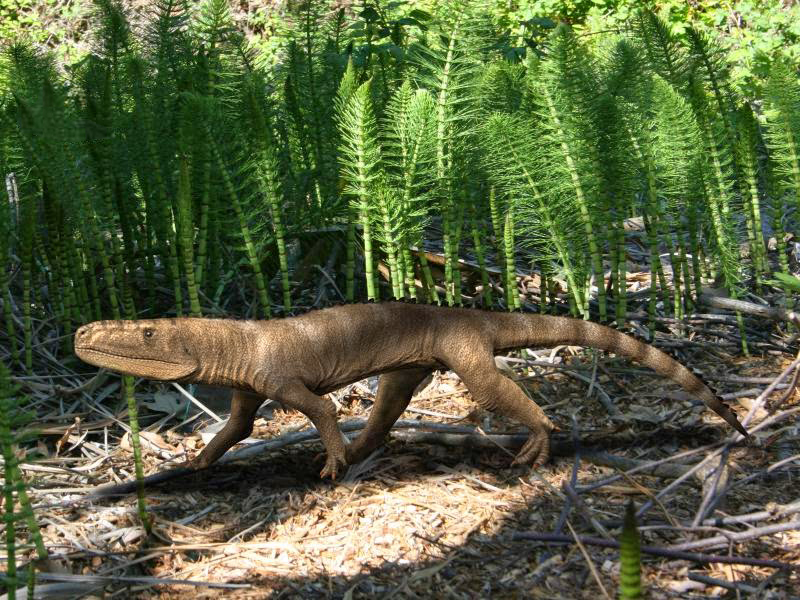Ancient reptiles ruled Earth for over 165 million years, dominating landscapes entirely different from our modern world. Yet among the countless mysteries surrounding dinosaurs, one fascinating question often emerges: Did these magnificent creatures experience seasonal changes similar to those we know today? The answer involves examining climate patterns across the Mesozoic Era, studying fossilized plants and trees, analyzing bone structures, and reconstructing ancient ecosystems.
While dinosaurs never witnessed autumn leaves changing in New England or cherry blossoms blooming in Japan, evidence suggests they did indeed experience seasonal variations—though often quite different from today’s patterns.
The Mesozoic Climate: Warmer and More Uniform

The Mesozoic Era, spanning from approximately 252 to 66 million years ago, featured a climate notably different from our own. Scientists have determined through geological studies that Earth during the dinosaur age was generally warmer with significantly higher carbon dioxide levels in the atmosphere. Average global temperatures were approximately 10°C (18°F) higher than today, creating conditions where even polar regions remained relatively temperate year-round.
The absence of permanent ice caps at the poles meant ocean levels were higher, and vast inland seas covered portions of continents that are now dry land. Despite this overall warmth, geological evidence confirms the existence of seasonal variations, though less extreme than many regions experience today.
Evidence in Growth Rings

One of the most compelling pieces of evidence for seasonal patterns during the dinosaur era comes from fossilized trees. Just like modern trees in seasonal climates form annual growth rings, paleobotanists have discovered similar patterns in petrified wood from the Mesozoic Era. These growth rings indicate periods of faster growth alternating with slower growth, strongly suggesting the presence of distinct growing seasons.
Particularly revealing are fossils from high-latitude regions, such as those found in present-day Alaska, Antarctica, and northern Canada, which show pronounced growth rings despite these areas being much warmer than today. These findings confirm that even in the generally warmer climate of the dinosaur age, plants still responded to cyclical changes in available sunlight and precipitation.
Bone Structure Tells a Seasonal Story

Dinosaur bones themselves offer fascinating insights into seasonal patterns through a field of study called sclerochronology. Similar to tree rings, many dinosaur species formed growth marks in their bones called lines of arrested growth (LAGs), which indicate periods when growth slowed or temporarily stopped. These LAGs typically formed during less favorable seasons when resources were scarcer.
Paleontologists have discovered particularly clear examples in dinosaurs from higher latitudes where seasonal variations would have been more pronounced. The spacing and pattern of these growth rings vary between specimens found in different latitudes, with tropical dinosaurs often showing less distinct marks than their polar counterparts. This bone evidence provides direct proof that dinosaurs physiologically responded to seasonal changes in their environments.
Polar Dinosaurs and Extreme Light Cycles

Perhaps the most remarkable evidence of dinosaurs experiencing seasons comes from polar regions where fossilized remains have been discovered. Sites in present-day Alaska, northern Canada, Australia (which was near the South Pole during the Mesozoic), and Antarctica have yielded dinosaur fossils indicating these animals survived in environments with extreme seasonal variations in daylight.
Despite warmer temperatures than today’s poles, these dinosaurs would have experienced months of continuous darkness during winter and perpetual daylight during summer. The discovery of dinosaur nesting sites in these high-latitude regions suggests some species may have migrated seasonally or developed special adaptations to cope with the extreme light cycles. These polar dinosaurs provide compelling evidence that dinosaurs not only experienced seasons but thrived in environments with dramatic seasonal changes.
Seasonal Migration Patterns

Evidence increasingly suggests that many dinosaur species engaged in seasonal migrations, similar to modern birds and mammals. Large herbivores like hadrosaurs and sauropods may have undertaken seasonal journeys following food availability as different plant species flowered and fruited throughout the year. Fossilized trackways discovered across multiple geological formations sometimes show directional patterns consistent with regular movement between different habitats.
In some locations, dinosaur fossils appear in specific layers that represent particular seasons, while being absent from others, suggesting seasonal presence. The energy requirements of massive herbivores would have necessitated constant access to abundant vegetation, potentially driving these giants to follow seasonal growth patterns across vast territories.
Seasonal Nesting Behaviors

Reproductive patterns provide another window into seasonal influences on dinosaur lives. Many dinosaur nesting sites show evidence of coordinated, colony-style nesting behaviors where numerous individuals laid eggs simultaneously. This synchronization strongly suggests the existence of optimal breeding seasons triggered by environmental cues. In areas with more pronounced seasonal variations, these nesting patterns would likely have coincided with periods of maximum resource availability to support growing hatchlings.
Fossil evidence from sites like Egg Mountain in Montana reveals multiple nesting horizons separated by sedimentary layers, indicating that dinosaurs returned to the same locations to nest during specific seasons across multiple years. These predictable reproductive cycles provide compelling evidence that dinosaurs responded to seasonal environmental changes.
Seasonal Variations Across Different Time Periods
The Mesozoic Era spanned an enormous timeframe, and seasonal patterns evolved significantly throughout this period. The Triassic Period (252-201 million years ago) featured more pronounced seasonality with distinct wet and dry seasons in many regions. During the Jurassic Period (201-145 million years ago), the continued breakup of the supercontinent Pangaea created new ocean currents that moderated temperature extremes in many regions, potentially reducing seasonal variations. The Cretaceous Period (145-66 million years ago) witnessed the emergence of flowering plants and new forest structures that responded differently to seasonal changes. These evolving climate patterns meant that dinosaurs living in different periods experienced significantly different seasonal rhythms, affecting their evolution, behavior, and adaptive strategies throughout the Mesozoic.
The Impact of Monsoon Cycles

Geological evidence indicates that powerful monsoon systems affected large parts of Pangaea and its daughter continents throughout the Mesozoic Era. These monsoon patterns, often more intense than those in the modern world, created distinct wet and dry seasons across vast territories. Sedimentary deposits show evidence of seasonal flooding followed by periods of drought or reduced rainfall.
The arrangement of landmasses during the dinosaur era created particularly strong monsoon effects in many regions, with moisture-laden winds sweeping deep into continental interiors. Dinosaurs living in these monsoon-affected regions would have experienced dramatic seasonal shifts in water availability, plant growth, and resource distribution, forcing them to develop behavioral and physiological adaptations to these cyclical changes.
Seasonal Food Availability and Diet Shifts

Evidence from fossilized stomach contents and coprolites (fossilized feces) suggests some dinosaur species may have shifted their diets seasonally depending on what plants were available. Microscopic studies of dinosaur teeth sometimes reveal different wear patterns associated with consuming tougher vegetation during drier seasons versus softer plant materials during more favorable growing periods.
This dietary flexibility would have been particularly important for herbivorous species living in environments with pronounced seasonal variations in plant communities. Some dinosaurs may have broadened their diet during resource-scarce seasons, similar to how modern deer will consume a wider variety of plant materials during winter. These adaptable feeding strategies would have represented a critical adaptation to the seasonal rhythms of Mesozoic ecosystems.
Seasonal Changes in Behavior and Activity Levels

Like many modern animals, dinosaurs likely adjusted their behavior and activity patterns to accommodate seasonal changes in their environment. During less favorable seasons, some species may have reduced their activity levels to conserve energy, particularly in regions with more extreme seasonal variations. While true hibernation seems unlikely for most dinosaurs (based on their bone structure and probable metabolism), evidence suggests some smaller species may have entered periods of torpor or reduced activity during resource-scarce seasons.
The discovery of multiple dinosaur specimens preserved together in some fossil beds hints at potential seasonal aggregation behaviors, where individuals gathered in specific areas during particular seasons. These behavioral adaptations would have been crucial survival strategies for navigating the seasonal challenges of Mesozoic environments.
Regional Variations in Seasonality

The experience of seasons varied dramatically depending on where dinosaurs lived across the supercontinent Pangaea and later, its fragmenting daughter continents. Equatorial regions likely experienced minimal temperature variations but pronounced wet and dry seasons driven by monsoon patterns. Mid-latitude regions probably had moderate temperature variations with distinct growing seasons. Polar regions, despite being much warmer than today, experienced extreme variations in daylight hours throughout the year.
Coastal areas benefited from ocean-moderated temperatures with less extreme seasonal shifts than continental interiors. Mountain regions presented vertical seasonality, where dinosaurs could experience different conditions by moving up or down elevation gradients. This geographic diversity meant that different dinosaur species evolved under vastly different seasonal regimes, contributing to their remarkable diversity across the planet.
How Seasons Shaped Dinosaur Evolution

The presence of seasonal patterns had profound evolutionary implications for dinosaurs throughout their 165-million-year reign. Seasonal resource fluctuations likely drove the evolution of specialized feeding adaptations, from the grinding dentition of hadrosaurs to the massive digestive systems of sauropods. Migration capabilities, enhanced visual systems for navigation, and specialized thermoregulatory adaptations all represent potential evolutionary responses to seasonal challenges.
The remarkable diversity of dinosaur body types, from massive insulated polar species to lightly-built desert dwellers, reflects adaptations to different seasonal regimes across the planet. Perhaps most significantly, the seasonal resilience that evolved in some dinosaur lineages—particularly the theropods—contributed to the survival advantages that would eventually allow their bird descendants to survive the end-Cretaceous extinction event that claimed all non-avian dinosaurs.
Conclusion: Dinosaurs Lived in a Seasonal World, Just Different From Ours

The scientific evidence clearly indicates that dinosaurs did indeed experience seasons, though often quite different from those familiar to us today. Through tree rings, bone growth patterns, nesting behaviors, and geological indicators, we can see that these ancient animals lived in a rhythmic world with cyclical changes in temperature, precipitation, and resource availability.
While the generally warmer Mesozoic climate created less extreme temperature variations in many regions, other seasonal factors like monsoon cycles, changing daylight patterns, and plant growth cycles profoundly influenced dinosaur lives. Understanding how these magnificent creatures adapted to seasonal changes provides valuable insights into their biology, behavior, and ultimate evolutionary success across millions of seasonal cycles on a very different Earth.




